Find out how astromers used ALPAO products to develop the adaptive optics for the future extremely large telescopes
18th December 2009
Source:
ALPAO
Five publications using ALPAO deformable mirrors have been presented during the international workshop Adaptive Optics for Extremely Large Telescopes. Building adaptive optics for such very large telescopes (up to 42 meters) is very challenging and numberous techniques must be validated before going on sky. Reliable, linear and cost-effective products from ALPAO help astronomers to reach this goal.
To increase the sky coverage, the A.O. systems require Laser Guide Stars. As the diameter of the primary mirror increases, the Shack Hartmann spot elongation increases dramatically. An original set-up based on a Low Speed dm88 mirror has been used to reproduce this effect in laboratory using the large defocus that can be generated (+/- 45µm on the mirror surface). More information can be found in:
Thomas S. Comparison of centroiding algorithms to optimize Shack Hartmann WFS in the context of ELTs, AO4ELT, June 22-26, To be published
Conan R. The TMT/FRIRAOS LGS wavefront sensing demonstration bench, AO4ELT, June 22-26, To be published
Furthermore, new techniques such as multi-conjugate adaptive optics (MCAO) are being developed to increase the field of view of adaptive optics. The ONERA has developed an optical set-up (using two ALPAO deformable mirrors) to demonstrate the benefits of MCAO.
Costille A. Experimental results of tomographic reconstruction on ONERA laboratory MCAO bench, AO4ELT, June 22-26, To be published
Multi-objects adaptive optics (MOAO) is another solution being developed to meet the challenge of future adaptive optics systems. In this scheme, A.O. systems work in open-loop configuration (the wavefront sensors does not see the corrections applied by the deformable mirror). The quality of the correction thus relies on the linearity of the mirror and the wavefront sensor. The excellent linearity of ALPAO deformable mirrors has been confirmed on SESAME bench:
Rousset G. EAGLE multi-object AO concept study for the E-ELT, AO4ELT, June 22-26, To be published.
Finally, the ALPAO mirrors are used in open loop to reproduce the aberrations that might occur in the MAORY optics relay:
Lombini M. A prototype of the laser guide star wavefront sensor for the E-ELT Multi-Conjugate Adaptive Optics Module.
Thomas S. Comparison of centroiding algorithms to optimize Shack Hartmann WFS in the context of ELTs, AO4ELT, June 22-26, To be published
Conan R. The TMT/FRIRAOS LGS wavefront sensing demonstration bench, AO4ELT, June 22-26, To be published
Furthermore, new techniques such as multi-conjugate adaptive optics (MCAO) are being developed to increase the field of view of adaptive optics. The ONERA has developed an optical set-up (using two ALPAO deformable mirrors) to demonstrate the benefits of MCAO.
Costille A. Experimental results of tomographic reconstruction on ONERA laboratory MCAO bench, AO4ELT, June 22-26, To be published
Multi-objects adaptive optics (MOAO) is another solution being developed to meet the challenge of future adaptive optics systems. In this scheme, A.O. systems work in open-loop configuration (the wavefront sensors does not see the corrections applied by the deformable mirror). The quality of the correction thus relies on the linearity of the mirror and the wavefront sensor. The excellent linearity of ALPAO deformable mirrors has been confirmed on SESAME bench:
Rousset G. EAGLE multi-object AO concept study for the E-ELT, AO4ELT, June 22-26, To be published.
Finally, the ALPAO mirrors are used in open loop to reproduce the aberrations that might occur in the MAORY optics relay:
Lombini M. A prototype of the laser guide star wavefront sensor for the E-ELT Multi-Conjugate Adaptive Optics Module.
Similar articles
More from ALPAO
- Find out how astromers used ALPAO products to develop the adaptive optics for the future extremely large telescopes 18th December 2009
- Hi-Speed DM37 deformable mirror 18th December 2009

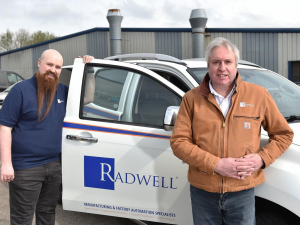



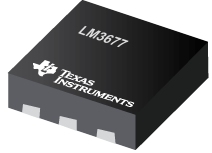

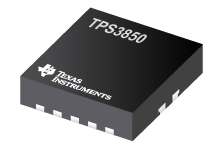
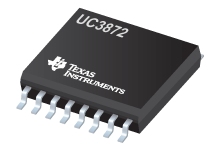

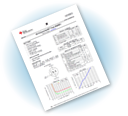

Write a comment
No comments